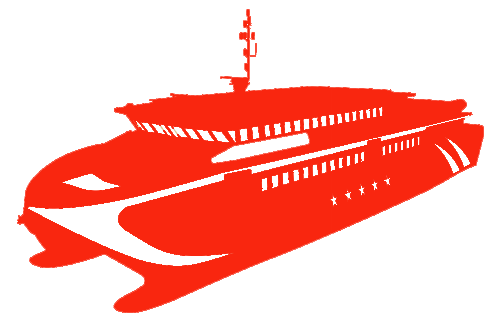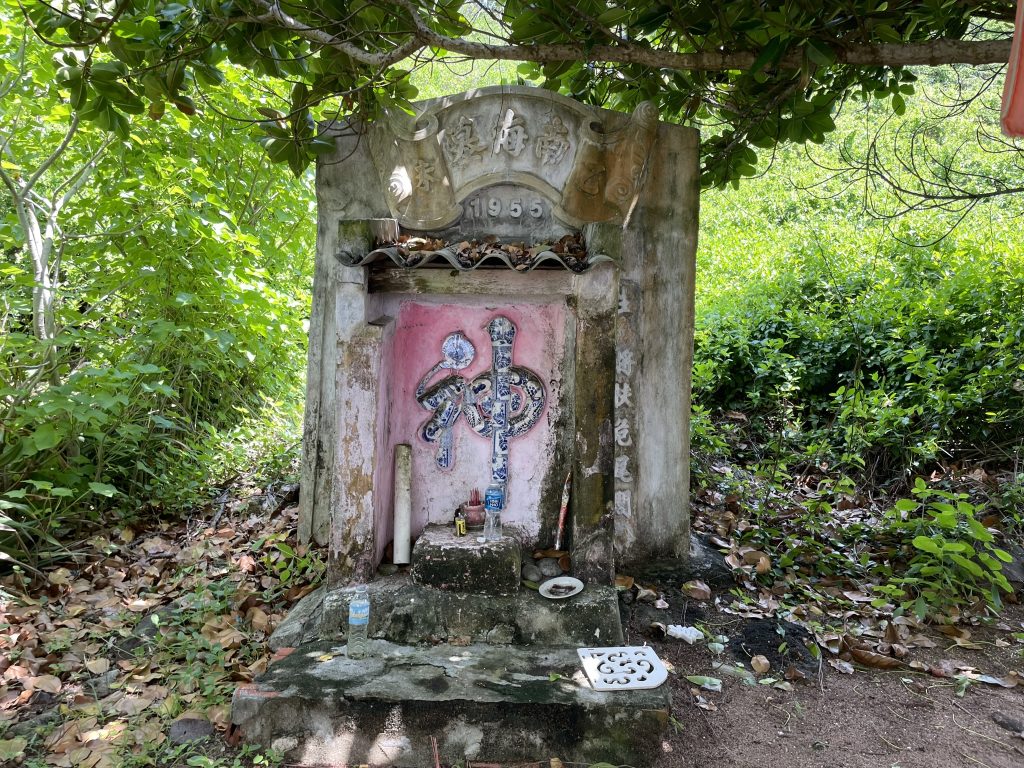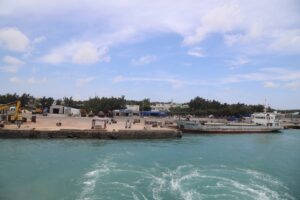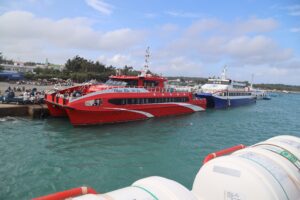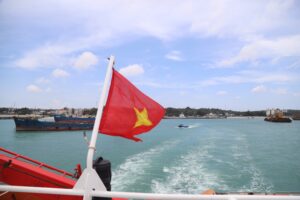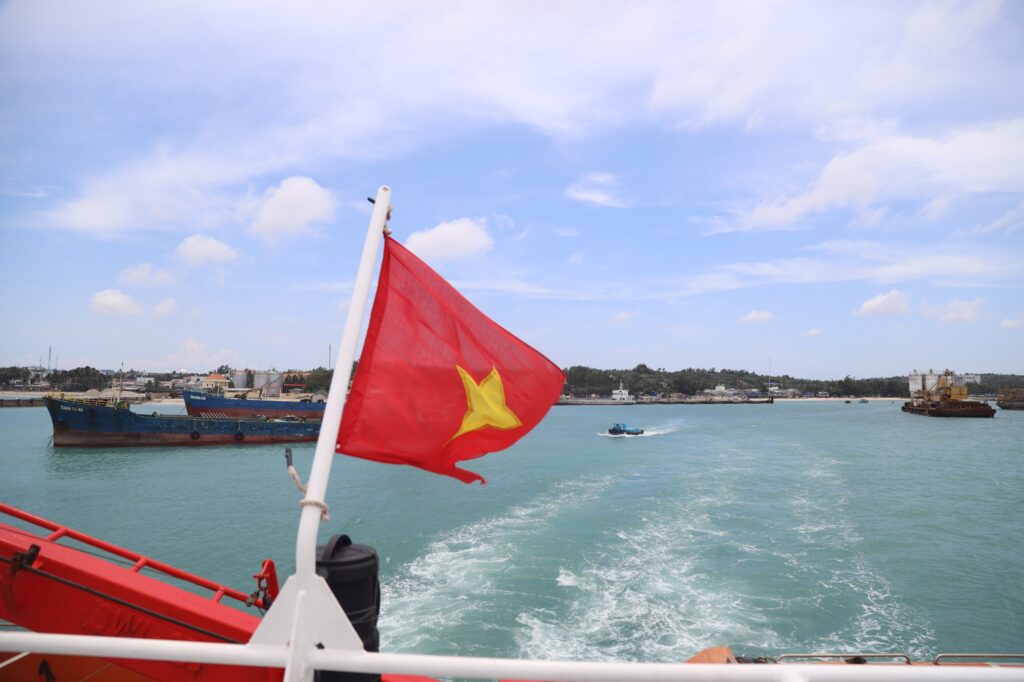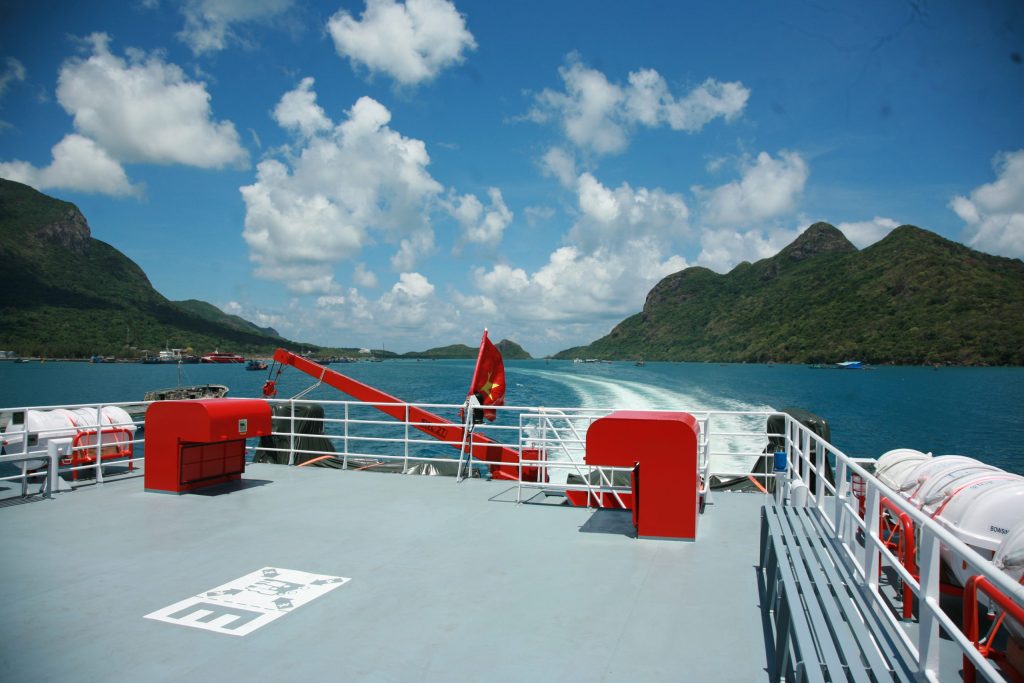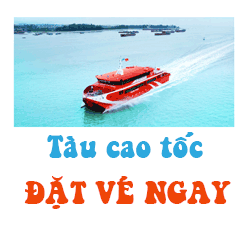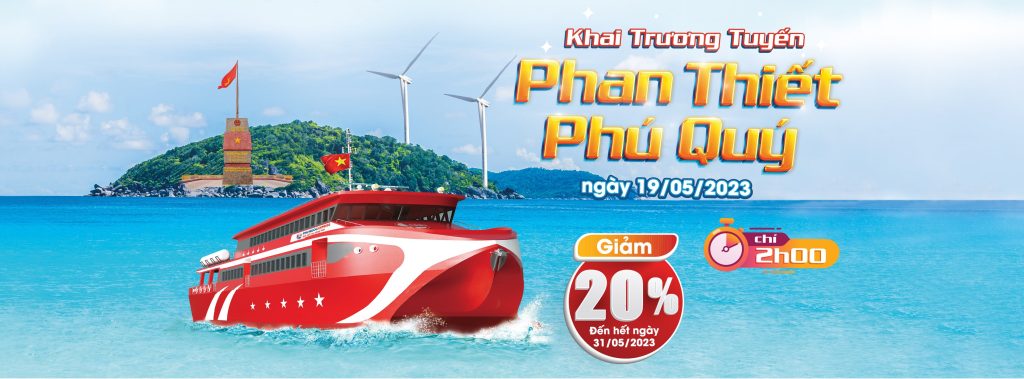Phu Quy Island currently has the highest number of whale worship sites among all district-level localities in Vietnam. Due to their livelihood being closely tied to the sea, the islanders have a deep spiritual belief in the sacred protection of the whale, known respectfully as “Ông Nam Hải.” Each year, dozens of festivals are held in his honor to show reverence and to pray for bountiful fishing seasons and safe voyages.
The belief in the Nam Hải deity reflects the fishermen’s faith in the whale god, their guardian spirit at sea. Legend has it that during Emperor Gia Long (Nguyen Anh)’s years of exile at sea, he encountered fierce storms, and whales were said to have saved him. In gratitude, after ascending the throne, Emperor Gia Long conferred a noble title upon the whale, designating it as the deity “Nam Hải” with the honorific: Nam Hải Cự Tộc Ngọc Lân Từ Tế Chương Linh Trợ Tín Trừng Trạm Chi Thần.
According to popular folklore, long ago, Avalokiteshvara Bodhisattva (Phật Bà Quan Thế Âm) once traveled across the South Sea and witnessed countless beings drowning during storms. Moved by compassion, she tore her robe into many pieces and cast them into the ocean, transforming them into giant fish. She used elephant bones to form their skeletons, giving them strength to rescue people. Thus, whales are seen as sacred creatures and are revered as the Nam Hải deity, often appearing to save stranded boats and guide them safely to shore.
The Đại Nam Nhất Thống Chí (The Complete Book of the Great South) compiled by the National History Office of the Nguyễn Dynasty recorded:
“The whale, known as ‘Đức Ngư’ (Virtuous Fish), has a round head, a water-spouting blowhole on its forehead, black smooth skin without scales, and a tail split like a shrimp’s. It is gentle and often helps rescue people. In the early Minh Mạng era, it was called ‘Nhân Ngư’ (Human Fish), and during the early Tự Đức era, its name was changed to ‘Đức Ngư.’”
The belief in whale worship is particularly prominent in the southern coastal regions, based on the concept of “Northern Sea has fish – Southern Sea has Gods.” In the Gia Định Thành Thông Chí (Records of Gia Dinh), it is written:
“Only in our country, from Linh Giang (Gianh River) to Ha Tien, have there been timely and miraculous rescues by whales; other seas do not have such occurrences. Perhaps the sacredness of the southern mountains and seas has brought divine blessings to protect our people. The royal court conferred the title of ‘Nam Hải General God with a Jade Scale’ upon the whale and included it in the official pantheon.
If a whale unfortunately dies and floats ashore after being attacked by another sea creature, coastal residents will gather money to buy fabrics and offerings for a proper burial. A respected elder among the fishermen will act as the chief mourner, and they will carefully bury the whale and build a shrine beside the grave. Those who bury a whale often experience good fortune, and even communities that haven’t performed burials still erect temples in its honor along the coast.”
Ngô Đức Thịnh, in his book Beliefs and Religious Culture in Vietnam, describes the whale worship belief (Ông Whale) among coastal fishermen:
“Given the hazardous and uncertain nature of life at sea, fishermen have developed a rich tapestry of rituals, customs, and beliefs—most notably, the whale worship tradition. This includes sacred legends, relics, rituals, and annual festivals. Historical records document this belief, and numerous temples along the coast from Quang Binh to the Southern provinces have been established. These sites often enshrine ‘Ngọc Cốt’ (Whale Bones), and host funeral ceremonies, processions, and yearly festivals known as Lễ Nghinh Ông (Welcoming the Whale Deity Festival).”


